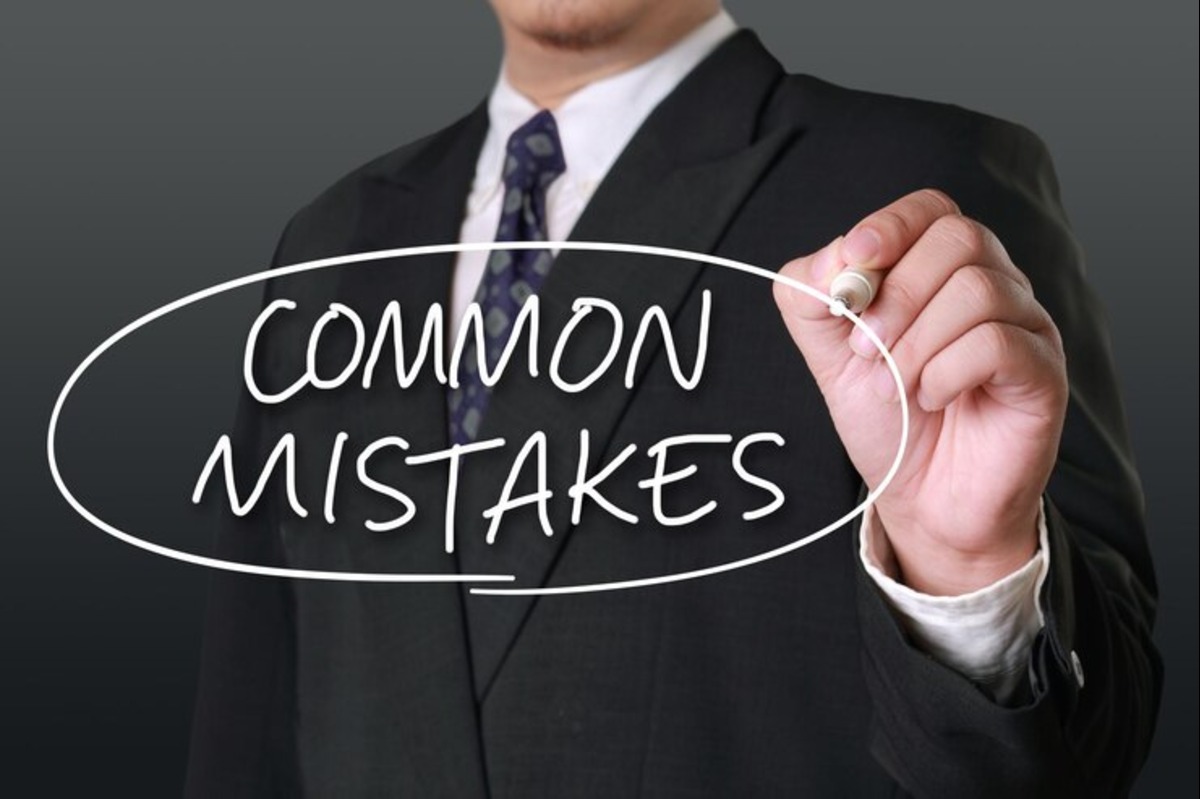
- Home
- Common Mistakes in French and How to Avoid Them
- Shelby Academy
- 0 Comments
- December 31, 2024

Common Mistakes in French and How to Avoid Them
Learning French can be challenging, with many common mistakes that learners make along the way. These errors often stem from differences in grammar, pronunciation, or sentence structure compared to their native language. By understanding these pitfalls, learners can work towards mastering French more efficiently. This blog highlights five common mistakes and offers practical tips to avoid them. Let’s dive into these challenges and how to overcome them!
Errors with Gendered Nouns
French nouns are either masculine or feminine, which affects articles and adjectives. Learners often guess genders based on endings, leading to errors like “le maison” instead of “la maison.” Words ending in “-e” aren’t always feminine, such as “le problème.” Memorizing nouns with their articles (“le” or “la”) can help eliminate confusion. Use flashcards and group nouns by gender for better retention.
Mixing Up Masculine and Feminine Forms
Beginners frequently mix up genders due to assumptions about word endings. For example, “le livre” (masculine) contrasts with “la chaise” (feminine). Learning words with their articles ensures correct usage in sentences. Regular exposure to French texts and practice can solidify gender rules. Avoid relying solely on intuition; focus on practice and repetition.
Neglecting Agreement with Adjectives
Adjectives in French change to match the noun’s gender and number. Many learners forget this, leading to errors like “une chat noir” instead of “une chatte noire.” Practicing with examples like “un garçon intelligent” versus “une fille intelligente” builds confidence. Pay attention to adjective endings and their agreement with nouns. This rule applies consistently across spoken and written French.
Misusing "Être" and "Avoir"
“Être” (to be) and “avoir” (to have) are essential but often confused. Using “être” for possession, like “Je suis un vélo” (I am a bike), is incorrect. Instead, say “J’ai un vélo” (I have a bike). Familiarize yourself with common expressions that require “avoir,” such as “J’ai soif” (I am thirsty). Practice helps distinguish these verbs and their specific uses.
Incorrectly Using "Être" for Possession
Beginners often use “être” to express possession, which is wrong in French. Phrases like “Je suis une voiture” should be “J’ai une voiture.” Mastering idiomatic expressions like “J’ai chaud” (I am warm) improves accuracy. Repetition and practice will ensure these phrases become second nature. Flashcards can help reinforce the correct usage of these verbs.
Confusing Auxiliary Verbs in Past Tenses
French uses “être” or “avoir” as auxiliaries in the passé composé. For example, motion verbs like “aller” (to go) use “être,” while most others use “avoir.” Mistakes like “J’ai allé” instead of “Je suis allé” are common. Create a list of verbs that use “être” to memorize them effectively. Practice forming past tense sentences to avoid these errors.
Incorrect Question Formation
French has several ways to form questions, and learners often struggle with structure. Overusing “Est-ce que” in informal contexts can sound unnatural. Instead, use simpler forms like “Tu viens ?” (Are you coming?). Formal writing may require subject-verb inversion, like “Parlez-vous français ?” Practicing different question types will help you adapt to various contexts.
Overusing "Est-ce que"
“Est-ce que” is a useful question starter but can feel repetitive when overused. For informal settings, omit it and say “Tu manges ?” instead of “Est-ce que tu manges ?” Exposure to spoken French helps identify context-appropriate forms. Listening to native speakers provides examples of natural phrasing. Incorporate variety in your questions to sound more fluent.
Forgetting Subject-Verb Inversion
In formal French, subject-verb inversion is preferred in questions. Beginners might skip this, saying “Vous parlez français ?” instead of “Parlez-vous français ?” Written practice helps reinforce inversion rules for formal contexts. Practice writing inverted questions for improved accuracy. Consistent usage will make this structure feel more intuitive over time.
Placement of Object Pronouns
French object pronouns must precede the verb, which differs from English. Learners often misplace them, saying “Je vois le” instead of “Je le vois.” Direct and indirect pronouns also confuse beginners, such as “le” (him) versus “lui” (to him). Studying verb-pronoun placement ensures sentences are grammatically correct. Regular practice with examples solidifies these rules.
Misplacing Pronouns in Sentences
In French, object pronouns appear before the verb, unlike in English. For example, “Je l’aime” (I love him) is correct, not “J’aime le.” Beginners often struggle with this placement in negative sentences. Practice building sentences with pronouns to reinforce the correct order. Watching French videos helps internalize natural sentence structure.
Confusing Direct and Indirect Pronouns
Direct pronouns replace objects (“le,” “la”), while indirect pronouns refer to people (“lui,” “leur”). Mixing these up leads to errors like “Je parle le” instead of “Je lui parle.” Learn which verbs require indirect objects for clarity. Practice sentences with both types of pronouns to avoid confusion. Understanding these distinctions improves overall communication.
Overcomplicating Reflexive Verbs
Reflexive verbs like “se lever” (to get up) often confuse learners. Many forget the reflexive pronoun or add it unnecessarily. For example, “Je lève” should be “Je me lève” for reflexive actions. Use reflexive verbs in daily conversations to master their usage. This will help avoid overcomplicating or misusing them.
Incorrectly Using Reflexive Pronouns
Reflexive verbs always include a pronoun that matches the subject. Saying “Je lave” instead of “Je me lave” (I wash myself) is incorrect. Practicing these verbs in various contexts helps reinforce correct usage. Writing examples like “Nous nous habillons” ensures the reflexive structure is clear. Consistency in practice eliminates errors over time.
Misunderstanding Reflexive Verb Contexts
Not all actions require reflexive verbs, leading learners to overuse “se.” For example, “Je mange” (I eat) is correct, but “Je me mange” (I eat myself) is not. Study when reflexive forms are necessary and avoid adding “se” arbitrarily. Watching French media helps identify natural uses of reflexive verbs. This ensures better comprehension and application.
Conclusion
Understanding and addressing these common French mistakes will greatly enhance your language skills. Focus on gendered nouns, verb usage, and proper sentence structure to improve fluency. Practice consistently with speaking, writing, and listening exercises to overcome challenges. Remember, mistakes are part of learning and a step closer to mastering French. Embrace them, learn from them, and continue improving!
Section Title
Confidence Exercises for English Speaking Speaking English confidently can be a challenge for many...
Tips for Confident English Conversations Speaking English with confidence is essential for effective...
Overcome Fear of Speaking English Enhance your English communication skills to impress clients and...
Impress Clients with English Communication Enhance your English communication skills to impress...
Ace Job Interviews with Business English Boost your confidence and excel in job interviews with...
Negotiate Successfully in Business English Master the art of negotiation in Business English! Learn...
Network Effectively with Business English Learn to network effectively using Business English!...
Polish English for Presentations Delivering a presentation in English requires clarity, confidence...
Key Business English Phrases for Professionals Effective communication in the business world...










